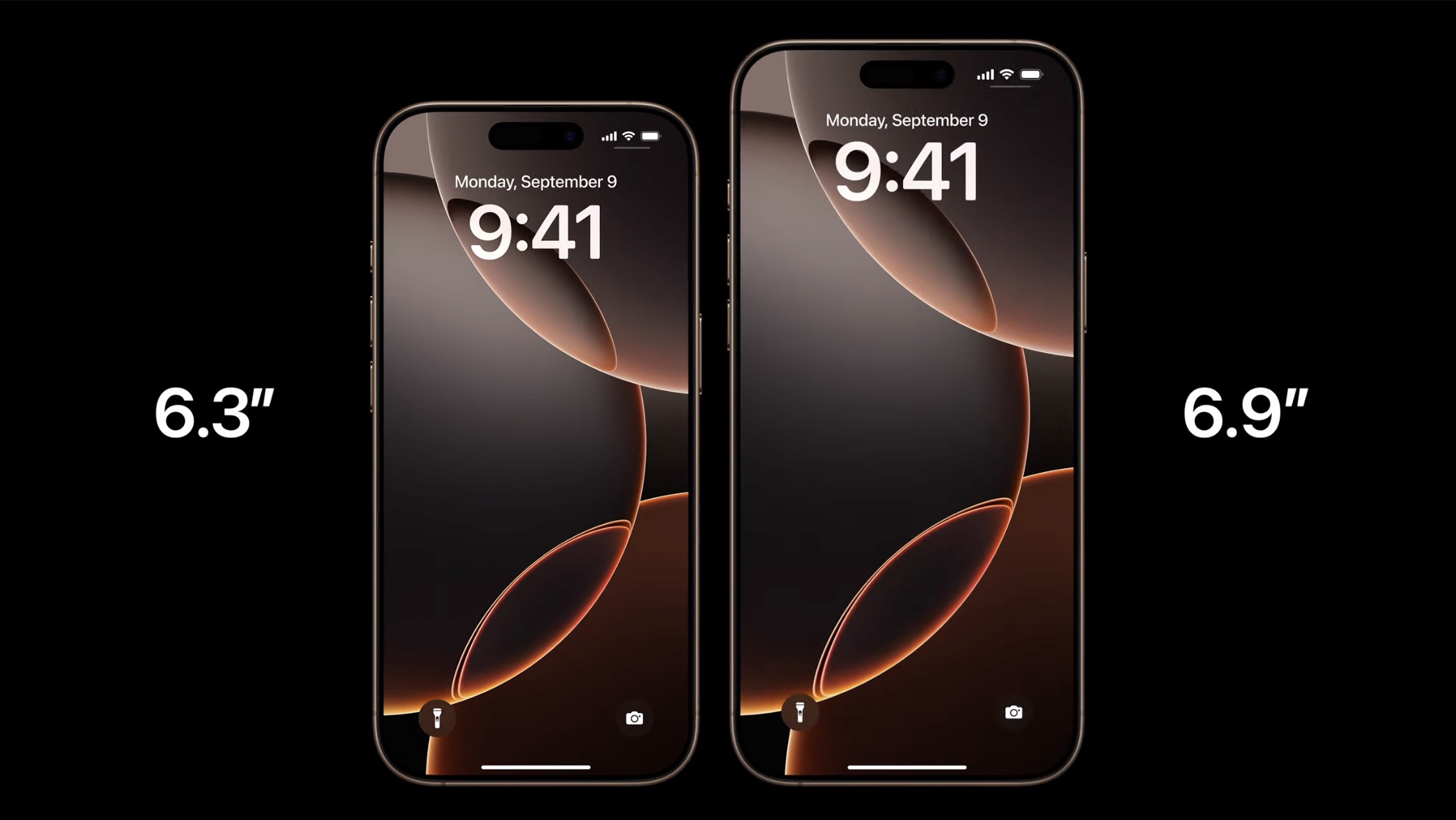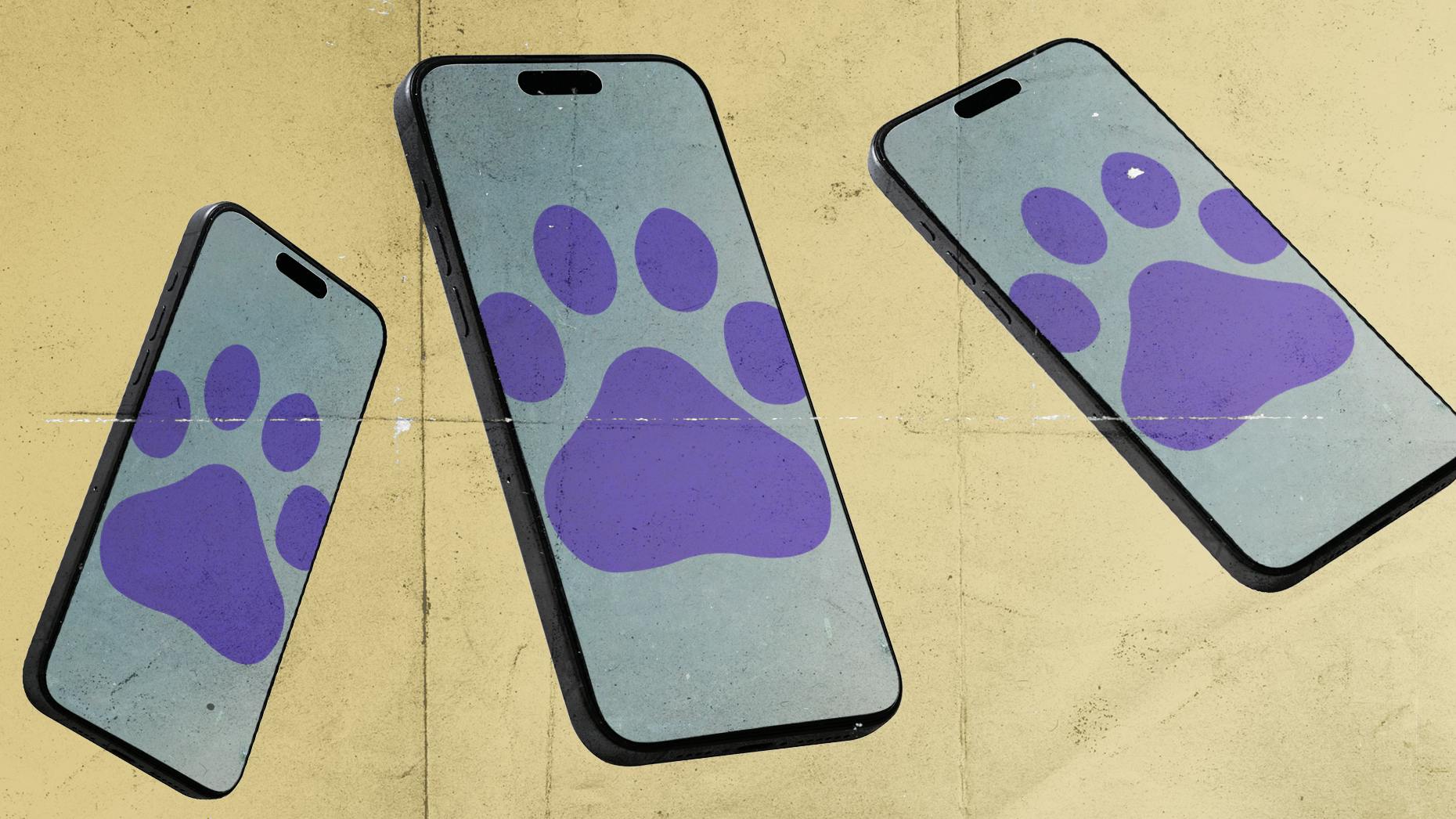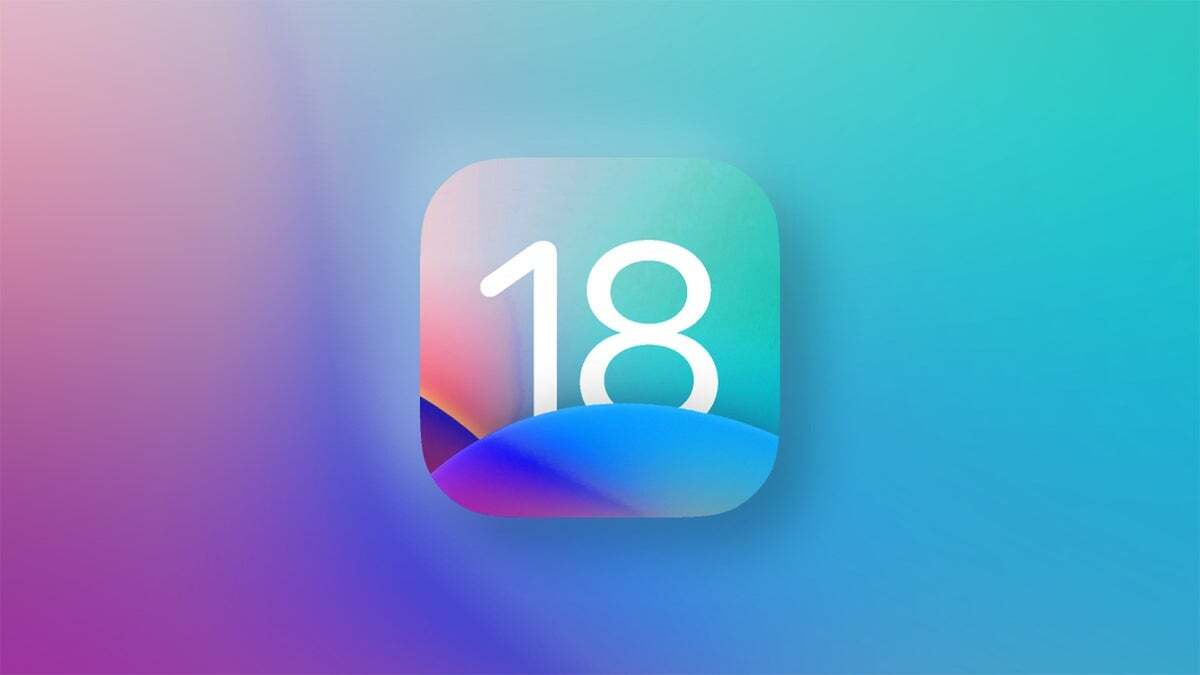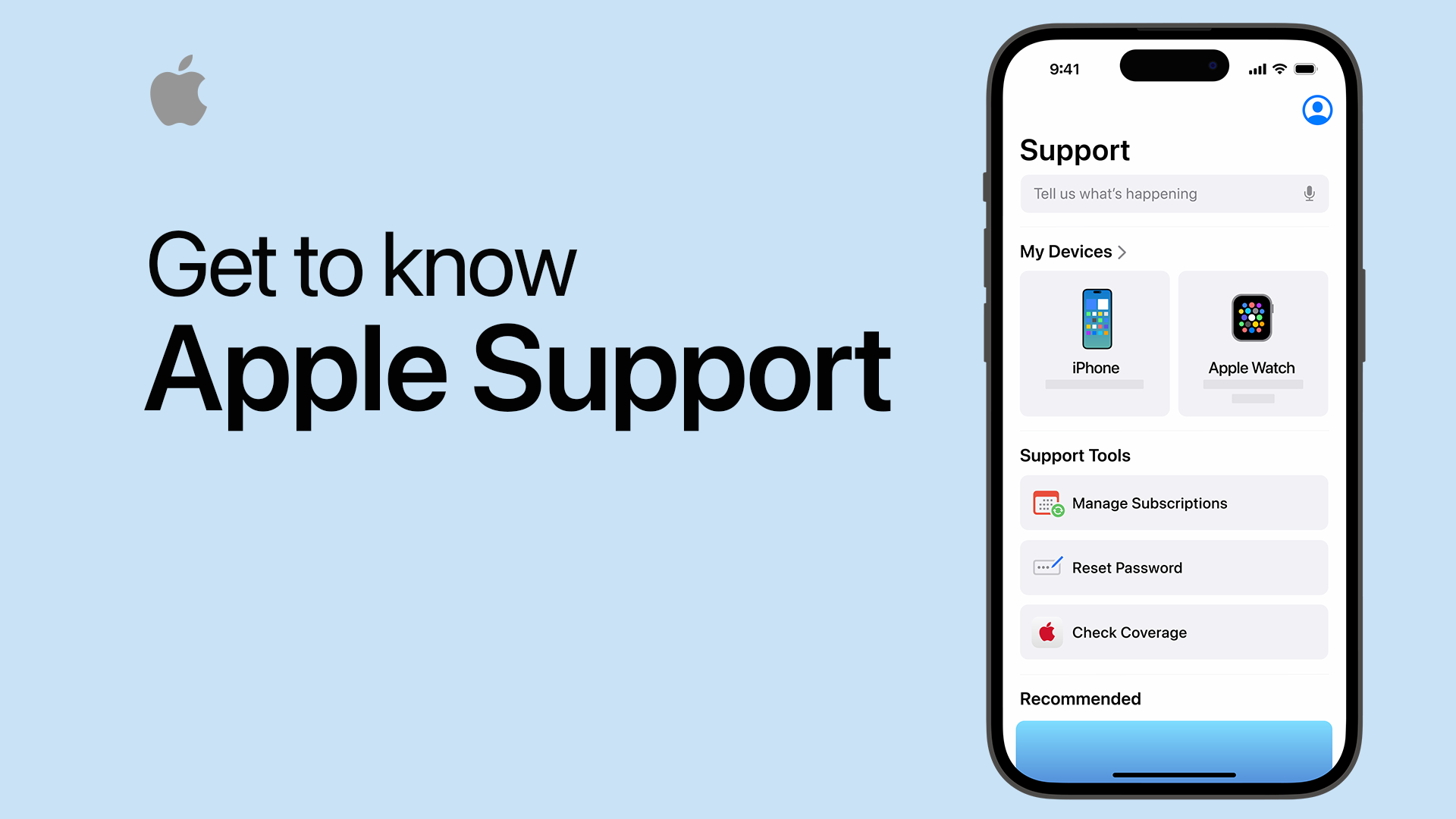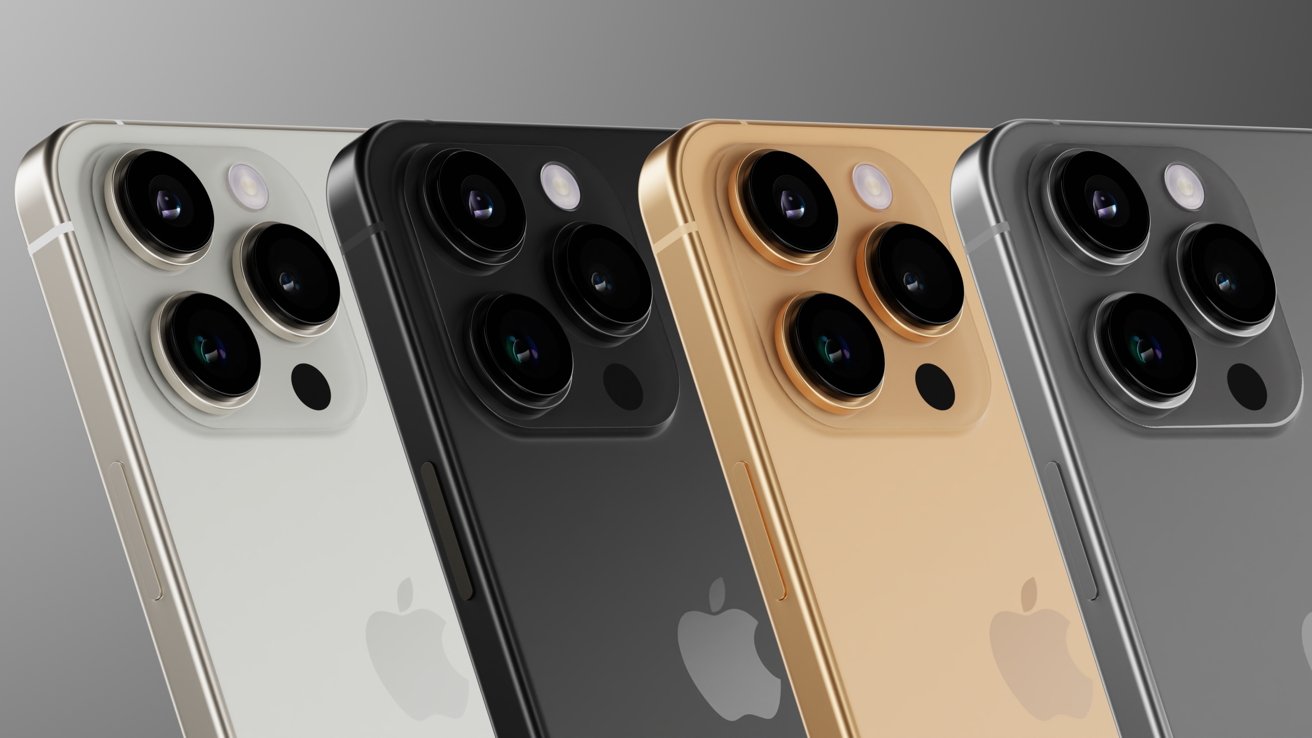
The Evolution of the iPhone – How It Redefined Mobile Technology
In a world increasingly driven by technology, the iPhone has stood out as a revolutionary device that transformed not just the mobile phone industry but also how we communicate, work, and live our lives. From its inception in 2007 to the latest models available today, the iPhone represents a journey of innovation, design excellence, and cultural impact.
The iPhone’s sleek design and user-friendly interface have made it synonymous with smartphone technology. As we delve into its history, features, and societal effects, we unravel the profound influence this single device has had on our daily existence.
The Birth of the iPhone

When Apple introduced the first iPhone, it was more than just a new mobile phone; it was a paradigm shift in technology. This section explores the groundwork laid before the iPhone‘s launch, its groundbreaking features, and the initial reception.
The Vision Behind the iPhone
Steve Jobs had a vision: to create a device that combined the functionalities of a phone, an iPod, and an internet communicator into a single package. This was not merely about combining existing technologies; it was about reimagining what a smartphone could do.
The original iPhone‘s design was a stark departure from conventional phones at the time. With a large touchscreen, minimal buttons, and an intuitive interface, it marked the beginning of a new era. The vision was not just technical; it was about creating a product that felt personal, accessible, and enriching.
Revolutionary Features That Changed Everything
When the iPhone hit the shelves, its features were a revelation. The multi-touch screen allowed users to navigate with simple finger gestures, eliminating the need for styluses or physical keyboards. This shift towards touch-based interaction was a game changer, influencing future designs across various devices.
Moreover, the inclusion of apps revolutionized how people utilized their phones. The App Store, launched shortly after the iPhone, opened up a world of possibilities, allowing third-party developers to create applications that enhanced the phone’s capabilities. This move transformed the iPhone from a mere communication tool into a versatile platform for everything from gaming to productivity.
Initial Reception and Impact on the Market
Upon its release, the iPhone received mixed reviews. Critics praised its innovative design but were skeptical about its functionality and price point. Despite this skepticism, consumer demand skyrocketed, leading to unprecedented sales figures.
The initial success of the iPhone prompted competitors to reevaluate their strategies, paving the way for the smartphone boom. Companies rushed to develop their own versions of a ‘smartphone,’ forever changing the landscape of mobile technology. The iPhone set a standard that many still aspire to meet.
The Design Philosophy of the iPhone

One of the most notable aspects of the iPhone is its design philosophy. Apple’s commitment to aesthetics and usability has played a crucial role in the iPhone‘s enduring popularity. In this section, we will explore the principles behind the iPhone‘s design and how they contribute to its success.
Simplicity and Elegance
From its sleek lines to its minimalist interface, the iPhone embodies simplicity and elegance. Each iteration has maintained this core principle, focusing on providing a clean user experience without unnecessary distractions.
This design ethos extends beyond appearance; it’s reflected in the user interface as well. Every feature is carefully curated to enhance usability, ensuring that even the most complex functions remain accessible. This focus on user experience has cultivated a loyal customer base who appreciate the thoughtfulness behind each design choice.
Material Quality and Craftsmanship
Apple has always emphasized premium materials in its products, and the iPhone is no exception. The use of high-quality glass, aluminum, and other materials not only enhances durability but also contributes to a sense of luxury.
The craftsmanship involved in creating each unit is evident, making the iPhone feel like a thoughtfully designed piece of art rather than just a gadget. This attention to detail fosters brand loyalty, as users often perceive the iPhone as a status symbol tied to quality and innovation.
User-Centric Design Process
Apple’s design process involves extensive research and testing to ensure that every aspect of the iPhone meets user needs. Feedback loops with real users lead to iterative design improvements, allowing Apple to stay ahead of trends and maintain relevance.
This user-centric approach also extends to software development. The seamless integration of hardware and software creates a holistic experience that encourages usage and exploration. Users are continually discovering new functions and features, which keeps engagement high and satisfaction levels elevated.
The Technological Innovations of the iPhone
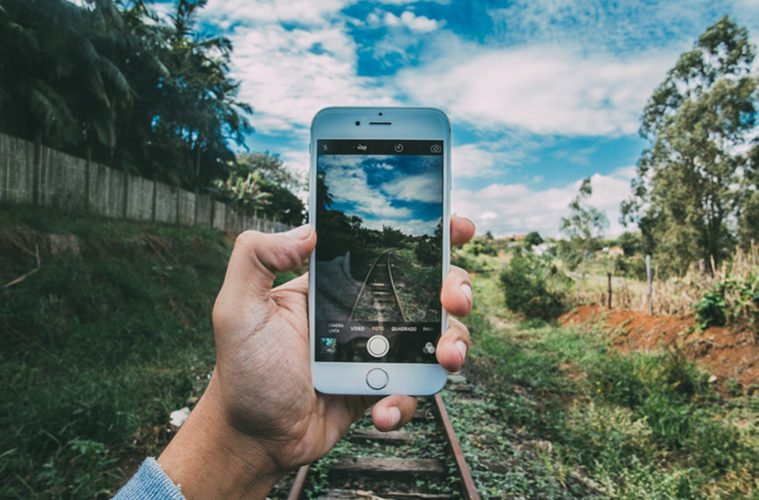
The iPhone has consistently pushed the boundaries of technology, introducing innovations that have become industry standards. This section will delve into the technological advancements that have defined various iterations of the iPhone.
The Camera Revolution
Starting with the basic camera on the original iPhone, Apple’s focus on photography has transformed how we document our lives. Subsequent releases have seen dramatic improvements in camera technology, including better sensors, optical image stabilization, and advanced editing capabilities.
With the introduction of Portrait mode and Night mode, the iPhone‘s camera allows users to capture stunning images under various conditions. This commitment to enhancing the photographic experience has made the iPhone the go-to device for millions seeking to share their stories visually.
Performance Enhancements
Every new model of the iPhone comes with state-of-the-art processors that significantly enhance performance. These advancements allow for faster processing speeds, improved graphics handling, and greater power efficiency.
The integration of artificial intelligence and Machine learning capabilities has further expanded the iPhone’s potential, enabling features such as Face ID, personalized suggestions, and enhanced Siri functionalities. As these technologies evolve, they offer exciting possibilities for future iPhone models.
Connectivity and Ecosystem Integration
Beyond cellular connectivity, the iPhone has embraced various forms of wireless technology, including Bluetooth, NFC, and Wi-Fi. This has enabled seamless interaction with a wide range of devices within the Apple ecosystem, such as the Apple Watch and AirPods.
The interconnectivity between Apple products creates an integrated experience that enhances productivity and ease of use. Users find themselves entranced by the convenience of switching between devices without losing context or functionality, reinforcing the appeal of the iPhone as a central hub for personal tech.
The Cultural Impact of the iPhone
The influence of the iPhone extends far beyond the realm of technology; it has profoundly affected culture, communication, and social interactions. This section examines the cultural ramifications of the iPhone and how it has reshaped modern life.
Changing Communication Dynamics
Thanks to the iPhone, communication has evolved to become instant and ubiquitous. Texting, instant messaging, and social media have all been amplified through the device, altering how we interact with one another.
People now carry their entire social networks in their pockets, creating an environment where staying connected is effortless. However, this constant connection has also led to challenges, such as digital fatigue and the struggle for genuine face-to-face interactions.
The Rise of Mobile Content Creation
The iPhone has empowered individuals to become content creators. With access to high-quality cameras and editing software, anyone can produce professional-looking videos and photographs.
Platforms like Instagram, TikTok, and YouTube owe much of their success to the accessibility provided by the iPhone. This democratization of content creation has led to the rise of influencers and micro-celebrities, fundamentally changing the marketing landscape and how brands engage with consumers.
Economic Implications and Job Creation
The iPhone also sparked economic growth in various sectors, including app development, mobile services, and accessory manufacturing. New industries emerged around the iPhone, creating jobs and fostering entrepreneurial ventures.
As startups seize opportunities to innovate within the ecosystem, the ripple effects of the iPhone continue to be felt globally. It catalyzes technological advancements that drive progress in diverse fields, from healthcare to education.
Conclusion
The iPhone has undeniably transformed the landscape of technology and society. Its blend of innovation, design excellence, and cultural impact has shaped not only the smartphone market but also how we engage with the world around us.
As we look ahead to future developments, the legacy of the iPhone serves as a reminder of the power of creativity, vision, and dedication to quality. The journey of the iPhone is far from over, and as we embrace new technologies and experiences, there is no telling how this iconic device will continue to shape our lives.
